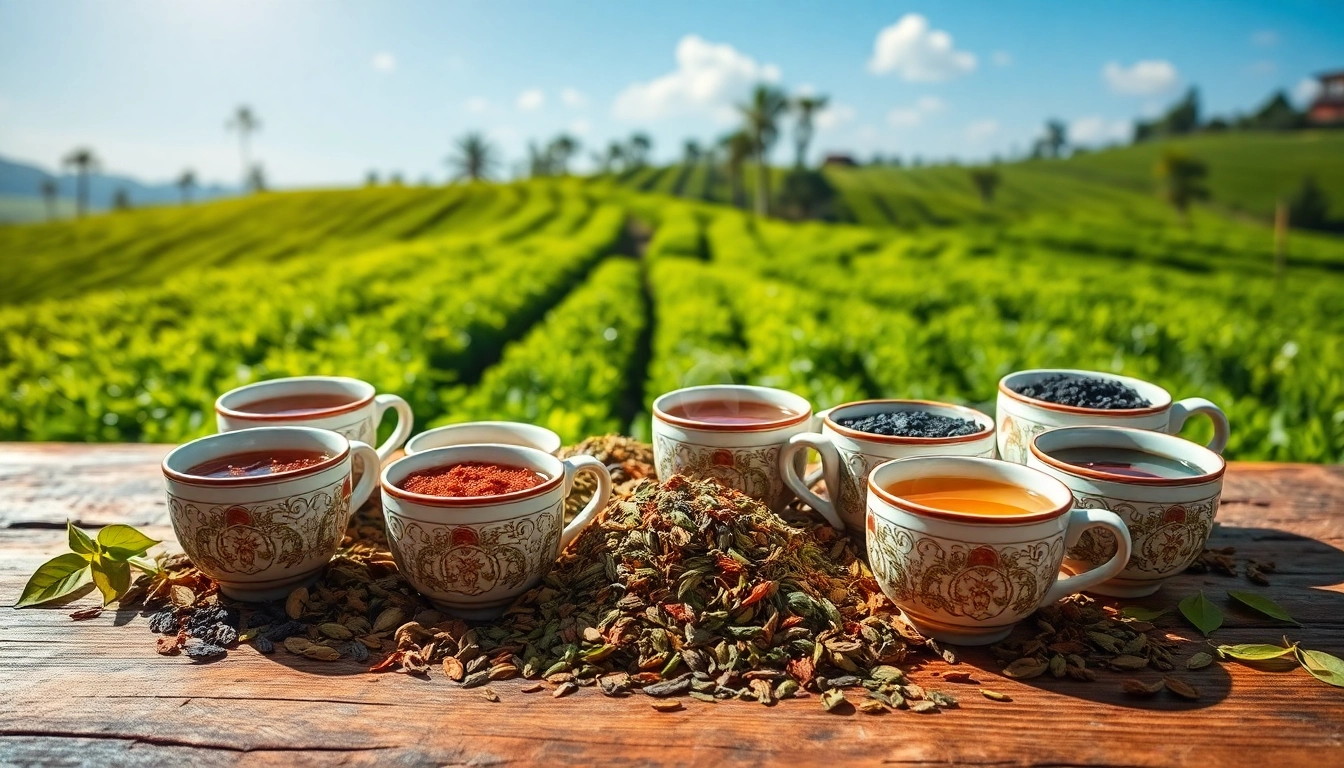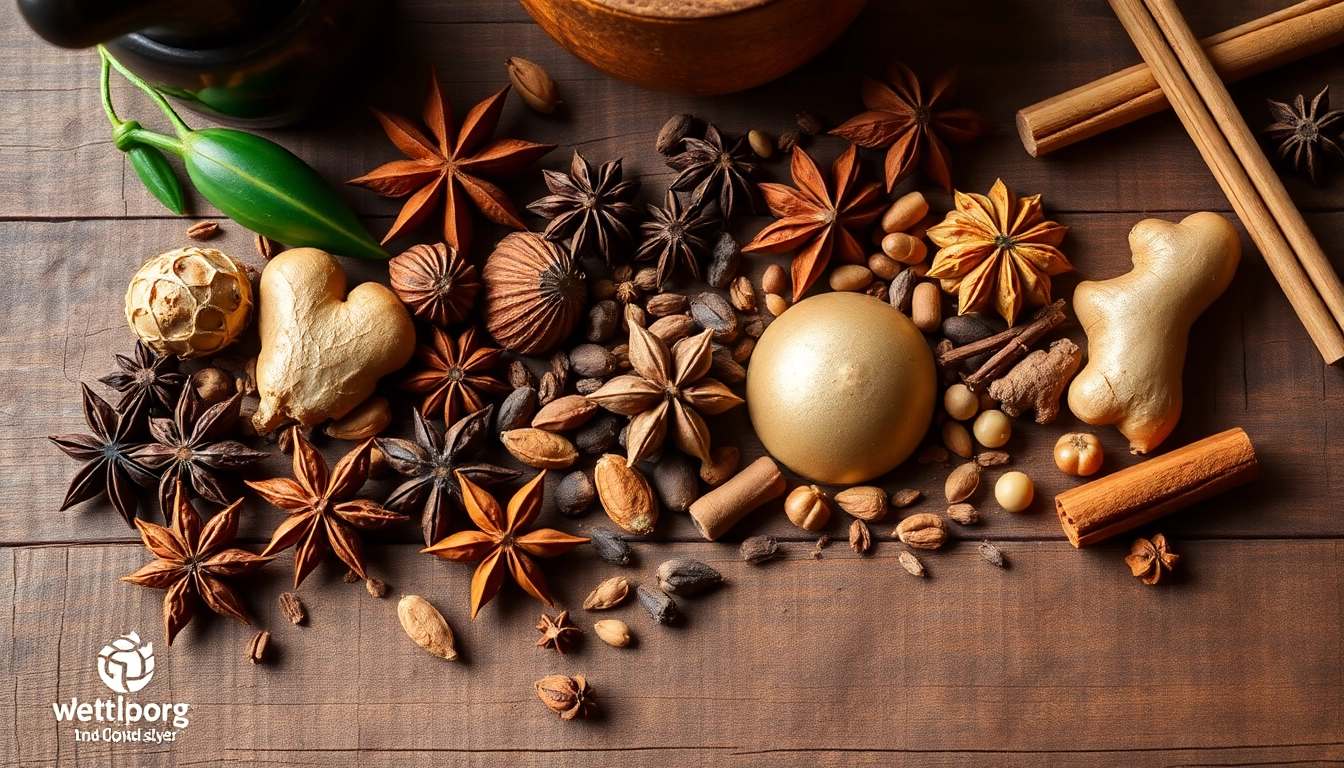What is Single Origin Tea?
Definition and Characteristics of Single Origin Tea
Single origin tea refers to tea sourced from a specific location, typically from a single estate, region, or geographical area. Unlike blended teas, single origin teas boast a unique profile that reflects the specific environmental conditions, climate, and traditional cultivation methods of their origin. As a result, these teas offer distinctive flavors, aromas, and colors that are intrinsic to the locale where they are grown. The term “single origin” often signifies a commitment to purity, where no additional flavors or blends are introduced, ensuring that the consumer experiences the tea in its most authentic form. Single origin tea reduces the complexity of flavor found in blends and allows enthusiasts to appreciate the subtleties that come from individual estates and harvests.
Sources of Single Origin Tea
The sources of single origin tea span across various continents, each offering its own unique terroir and tea type. Modern tea enthusiasts often seek teas from revered regions such as Darjeeling in India, Uji in Japan, and Nilgiri in southern India, among others. Each of these areas has its distinct microclimate, soil composition, and local farming practices that contribute to the special qualities of the tea leaves produced.
For instance, Darjeeling tea, often referred to as the “Champagne of teas,” is celebrated for its delicate flavor and aroma, influenced by the region’s altitude and climate. Similarly, the green teas from Uji are renowned for their umami flavor, attributed to the unique cultivation methods employed there, including shade-growing practices that enhance chlorophyll content.
Comparing Single Origin with Blended Teas
When comparing single origin and blended teas, the differences become particularly notable. Blended teas aim to combine various tea leaves from different regions to achieve a balanced flavor profile or consistency across batches. This approach can satisfy mass-market preferences but often sacrifices the unique character of individual teas.
In contrast, single origin teas invite tea drinkers on a journey through the distinctive characteristics of its source. This style promotes the appreciation of how factors such as soil, rainfall, and regional horticultural practices affect the flavor and aroma of the tea. As a result, many aficionados prefer single origin teas as they can experience the story and culture behind each cup.
The Benefits of Single Origin Tea
Health Benefits of Drinking Single Origin Tea
Aside from their unique flavors, single origin teas also offer various health benefits. Many types of tea, especially green and black varieties, are rich in antioxidants like polyphenols and flavonoids, which have been linked to numerous health benefits. These antioxidants can help combat oxidative stress, potentially reducing the risk of chronic diseases.
Moreover, many single origin teas, such as green tea, possess compounds that have been shown to boost metabolism and enhance fat oxidation. The anti-inflammatory properties found in certain types of tea may also contribute to cardiovascular health by promoting better circulation and lower blood pressure.
Flavor Profiles and Unique Tasting Notes
One of the most compelling reasons to explore single origin teas is their diverse flavor profiles. Each region brings with it a unique sensory experience. For example, teas from Assam are often robust and malty, while teas from Ceylon deliver a bright and citrusy profile. Understanding the flavor nuances can enhance the tea-drinking experience, as it allows drinkers to appreciate the traditional cultivation techniques and natural conditions affecting the tea.
Single origin black teas may exhibit a rich body and deep flavors, while green teas typically provide a more delicate, grassy essence. Herbal varieties sourced from specific regions, such as rooibos from South Africa, showcase notes distinct to their environment.
The Environmental Impact of Sourcing
Sourcing tea from single origins often lays the groundwork for sustainable agricultural practices. Producers of single origin tea frequently engage in responsible farming methods that preserve the land, promote biodiversity, and minimize chemical inputs. For tea enthusiasts committed to sustainability, selecting single origin teas can support small farmers and local economies, preserving traditional methods while fostering quality production.
Moreover, many single origin tea estates are integrating organic farming methods, which enhances soil health and provides a richer habitat for local wildlife. This focus on sustainability ensures that tea drinkers can enjoy their beverages with peace of mind, knowing their choices support ecological balance.
How to Brew Single Origin Tea
Choosing the Right Tea Leaf
When brewing single origin tea, beginning with high-quality leaves is essential. Look for loose leaf tea rather than bagged varieties, as loose leaf usually contains whole leaves that release flavors more effectively. Pay attention to the tea’s harvest date—fresher leaves offer more vibrant flavors and aromas. Each type of tea has its ideal brewing parameters, including temperature and steep time, which can drastically affect the final flavor.
Ideal Brewing Techniques
Brewing single origin tea demands specific techniques to extract its unique flavors. Generally, the guidelines are:
- Water Temperature: Green teas typically require cooler water (around 160-180°F/70-80°C) to prevent bitterness, while black teas thrive at higher temperatures (200-212°F/93-100°C).
- Steeping Time: Depending on the variety, steeping times can range from 2-3 minutes for green tea to 4-5 minutes for black tea. Over-steeping can lead to astringency.
- Tea-to-Water Ratio: A common starting point is one teaspoon of tea per 8 ounces of water, adjusting as needed based on personal preference for strength.
Common Mistakes to Avoid
When brewing single origin tea, there are several common pitfalls to avoid:
- Using Poor Quality Water: The quality of water can significantly affect the taste of the tea, so using filtered or spring water is recommended.
- Incorrect Water Temperature: Letting water boil too long can lead to an overly bitter brew, especially with delicate teas.
- Not Allowing Tea to Bloom: For some teas, especially oolong and certain blacks, allowing the leaves to unfurl properly can enhance flavor. Avoid over-pressing tea leaves in infusers.
Exploring Different Types of Single Origin Tea
Popular Regions for Single Origin Tea
Various regions around the world are known for their exceptional single origin teas. Here are some popular ones:
- Darjeeling, India: Known for its muscatel flavor and floral aroma, often considered the “champagne of teas.”
- Uji, Japan: Famous for matcha and high-quality sencha, offering a rich umami taste.
- Nilgiri, India: Renowned for its fragrant and fruity black teas, often lighter than Assam and Darjeeling.
- Ceylon, Sri Lanka: Offers a wide variety of black teas known for their bright, lively flavors.
- Keemun, China: Esteemed for its rich, smooth black tea often used in English Breakfast blends.
Types of Single Origin Black and Green Teas
Within the single origin category, there are diverse types of black and green teas that each tell their own story:
- Assam Black Tea: Known for its bold, malty flavor and deep reddish-brown color.
- Chinese Green Tea (Longjing): Noted for its sweet, nutty flavor, and smooth finish.
- Formosa Oolong: Partially oxidized, requiring a careful balance of flavors that’s distinct to Taiwanese production.
Specialty Single Origin Herbal Teas
Herbal teas also find their place in the single origin category with varieties like:
- Rooibos from South Africa: Naturally caffeine-free, with a rich, sweet flavor profile.
- Chamomile from Egypt: Valued for its soothing properties and often associated with calming effects.
- Mint from Morocco: Will provide a refreshing herbal tea often paired with green tea for a delightful mix.
Buying and Enjoying Single Origin Tea
Where to Purchase Quality Single Origin Teas
When searching for quality single origin teas, consider reputable tea retailers that prioritize sourcing directly from producers. Online stores offer convenient access to a variety of teas from around the world. Specialty tea shops also provide in-person experiences, allowing customers to sample different types before purchase. When selecting a retailer, look for those who provide information about the origin, processing methods, and tasting notes.
Tea Tasting Events and Community Engagement
Engaging with the tea community can enhance your appreciation of single origin teas. Many tea shops and specialty stores host tasting events that provide an opportunity to explore different varieties and learn about the nuances of each. Participating in local or online tea clubs invites discussions and sharing experiences with fellow enthusiasts, deepening your understanding of single origin teas.
Building a Personal Single Origin Tea Collection
As you explore the world of single origin teas, consider building a personal collection that reflects both your tastes and your journey through various regions. Start by selecting teas from different regions and types, documenting your tasting experiences to enhance your understanding of flavor preferences. Over time, you can create a well-rounded collection that showcases the diversity and richness of single origin teas.



